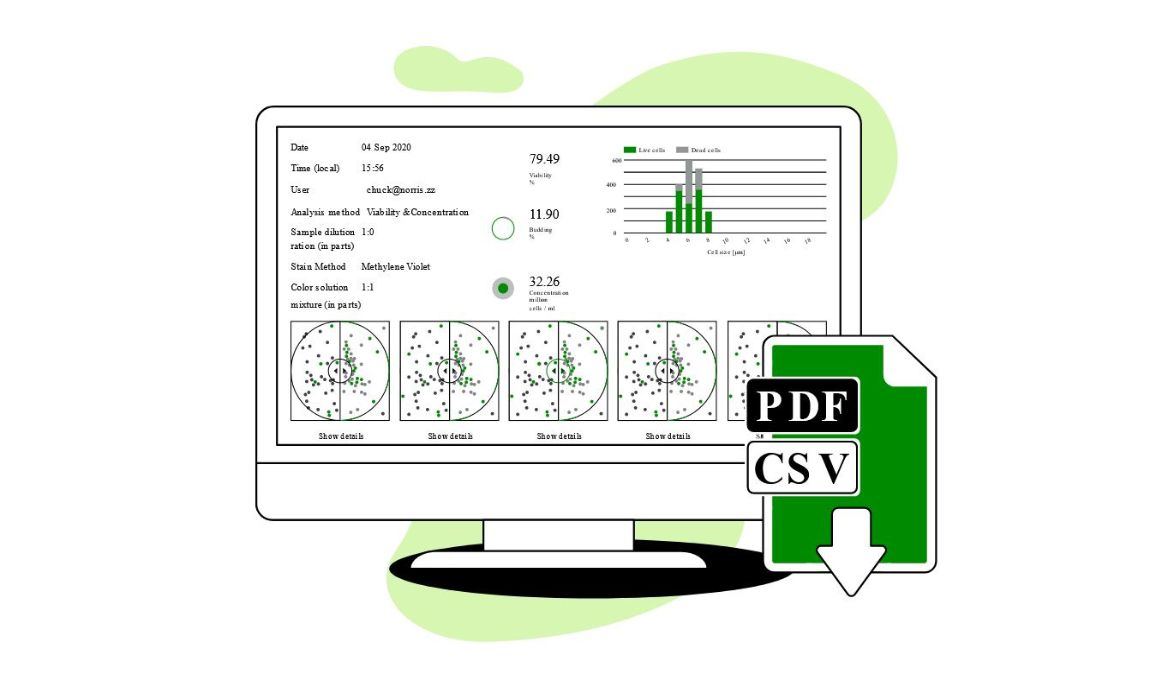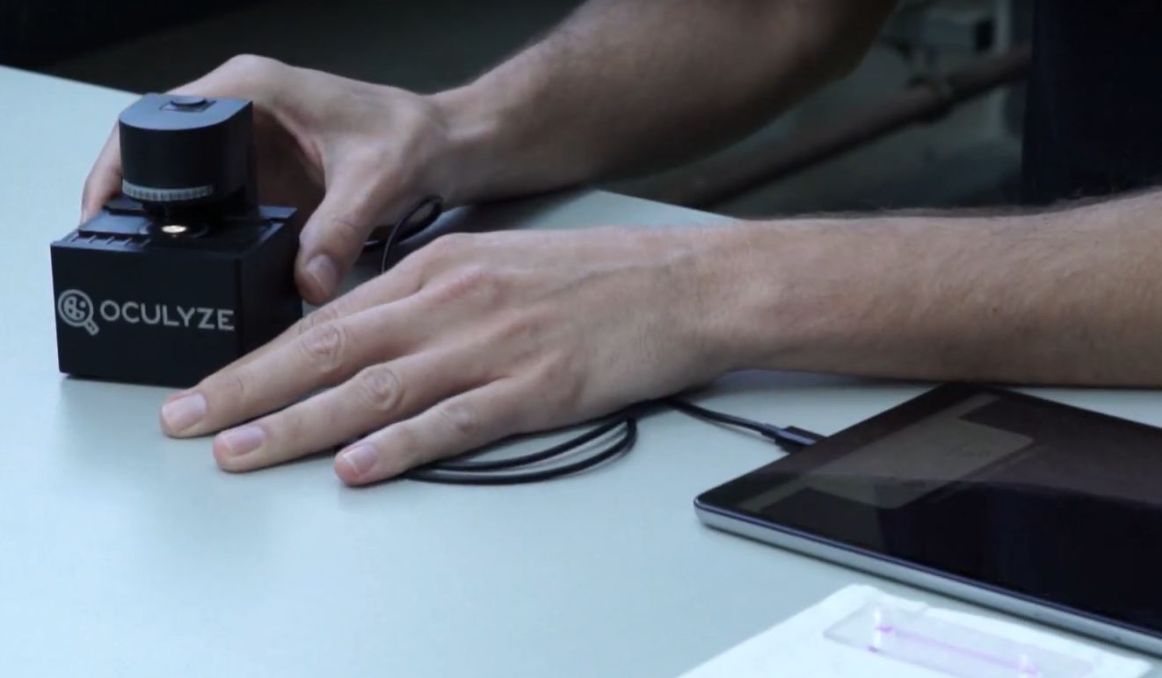Yeast Viability Calculator: Why Do You Need One
Why would you need a yeast viability calculator? In short – consistency and cost savings.
The long answer? It has to do with flavor, aroma, and strains. It has to do with cropping, propagating, and getting your beverage just right, every time, on your terms.

Yeast
Yeast is one of the oldest forms of life on earth, a true miracle in its own right.
It has survived for millions of years as a single celled, eukaryotic, living organism that can thrive in pretty much all environments.
It is virtually everywhere at all times – on every surface, in the air, on your skin, and even in your body.
And it lives in search of one thing: sugar.
Though it can reproduce sexually or asexually, with or without oxygen, it lives in search of sugar to consume. And when it consumes those natural sugars, fructose and glucose, it converts them to alcohol and carbon dioxide, which is great for those of us who love fermented foods and beverages.
The History of Yeast
In the beginning, of course, we did not have to worry about yeast viability.
Yeast was busy doing its own thing, and we simply relied on its need for sugar to ferment for us.
It began with bread and wine in ancient Egypt, 5,000 years ago, and then we discovered the wonders of beer thousands of years later.
At first, the Egyptians thought a miracle was occurring: they would knead bread dough and leave it out in the nice, warm environment, only to find the bread had risen by the time they returned.
What was happening?
Yeast was hovering in the ether awaiting some sugar to feast on, and this delicious bread was left out in all of its starchy goodness. You see, inside of starch lies sugar, and yeast can sniff out sugar from a mile away.
In bread, yeast consumes what sugar it can access and converts that sugar to alcohol and carbon dioxide. Because it is trapped in dough, the carbon dioxide stretches out the bread, forcing it to “rise.” The alcohol is then burned off in the baking process.
Then, yeast performed this same miracle in wine.
Crushed grape juice left out in the open air, with just a light covering to prevent the entry from any debris, would attract local yeast, which would ferment the “must” and make wine.
A miracle!
It was only many millennia later that anthropologists think a woman left her harvested grain out in the rain for several days, only to return and find the first beer was being fermented.
Beer is a bit trickier than wine, as it does not have so many naturally occurring sugars, mostly just starches, but yeast is not too picky and will ferment where it can.
But again, no baker, vintner, or brewer was worried about yeast viability.
Yeast Viability
What is yeast viability anyway? And why does it matter?
When we talk about yeast viability, we are talking about how many of the yeast cells in a batch are actually alive and ready to ferment.
You can get a bad batch from a commercial producer and find it has very low viability, as low as 30%!
And it has happened often enough that a brewer orders yeast with a viability guarantee only to find the actual viability upon arrival to be well below that guarantee.
Ideally, you want yeast viability above 95%, that means that of the yeast cells in your batch, 95% are alive and well and ready to ferment.
Then of course there is the matter of yeast vitality, which refers to the health and activity of that live yeast. But in general, you can expect yeast with a high viability rate to also have a high vitality rate, which is why it is so important to be able to reliably measure your yeast viability every single time, before you pitch it, and even during fermentation.
Why?
Measure Your Yeast Viability

Again, and always, it comes down to consistency.
When, once upon a time, we left our brewing and winemaking to the whims of nature, we never had to think about yeast viability.
Now, whether we are cropping, propagating, or simply using yeast from a manufacturer, it pays to know how viable your yeast is every step of the way.
When cropping yeast from a previous batch, you want to measure its viability to be sure it never goes below 70%, which will slow down the fermentation process or even lead to stagnation.
If you are not propagating your cropped yeast, you will likely only be able to use it for 6 to 8 more batches before you will need to toss it and move on to a new batch.
If you are propagating your own yeast and growing a yeast bank for your brewery or winery, you will want to measure your yeast viability at regular intervals to be sure you are storing the yeast properly and that it is in an environment that will allow it to thrive and continue to grow as you feed it.
Again, you are aiming for 95% or higher.
And, of course, if you get your yeast from a manufacturer, you should definitely measure your viability before you pitch to be sure they followed through with their guaranteed.
You measure viability to be sure you won’t get stuck with stagnant fermentation, stuck fermentation, or stressed out yeast, which can cost you time, energy, and maybe a lot of money if you end up having to toss a whole batch of your favorite beverage.
And you want to measure yeast viability as you ferment so you can create your own private “normal” for each batch of brew.
The problem with all of this?
If you don’t have an accurate yeast viability calculator, this process can take a ton of time, money, energy, and calculating that would be better spend on perfecting your brew.
In contrast, with a great yeast viability calculator, measuring the viability of your yeast is a breeze.
And your loyal customers will be so grateful.
Cheers!
If you’re looking for an adaptable compact yeast monitor and you want to find out how our technology can help you control fermentation and improve the cost-efficiency of your business, drop us a line at [email protected] or check out the product pages (for beer or wine):
- Oculyze BB 2.0 (Better Brewing) Yeast Cell Counter App + Hardware
- Oculyze FW (Fermentation Wine) Yeast Cell Counter App + Hardware
Also, you can now get access to a fully functional demo account to test our Web App. Completely free of charge and with no commitment to purchase.
Sources:


